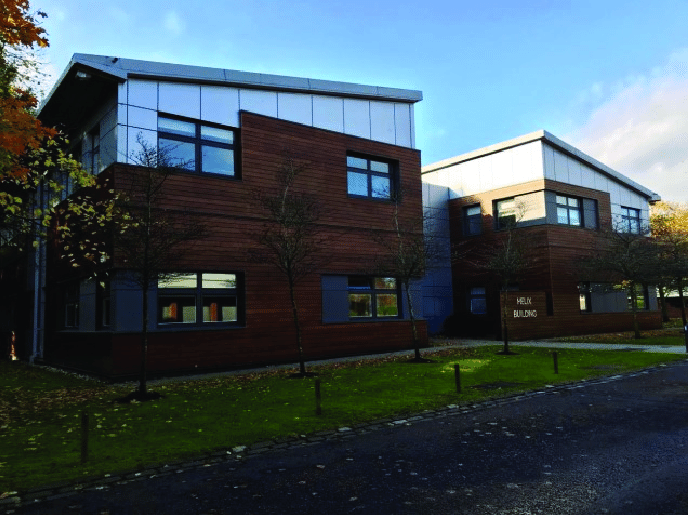In the previous 6-month period, the hardware installations and commissioning activities at the Helix Building demo site have been successfully concluded, and various issues have been addressed. Among others, new TRV devices were installed in all meeting rooms in the ground floor, as well as in one section of the open office area. Smart zone thermostats were installed as well, allowing us to remote control the heating in the whole building. Heat meters and electricity meters have been activated to upload data on the cloud and be collected by the vBMS. This milestone has paved the way for further advancements in our project, bringing us closer to our goals of optimising energy consumption and enhancing occupant comfort.
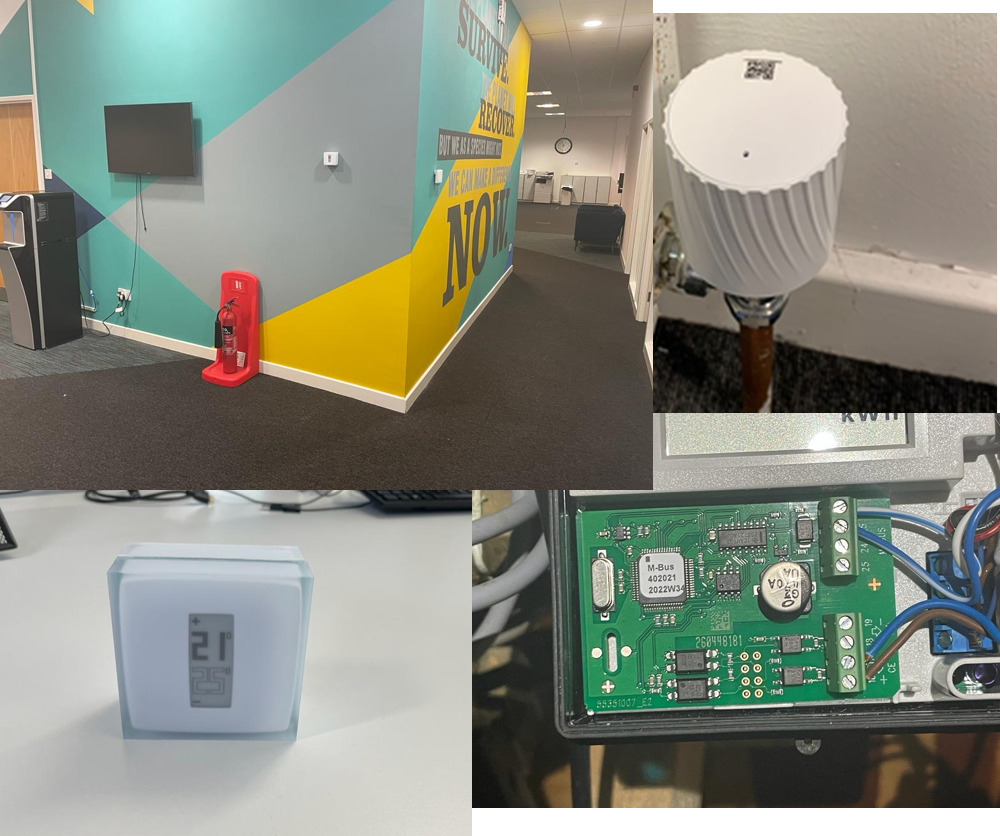
A significant aspect of our work has been focused on deploying an advanced ICT architecture. While slightly different from the full vBMS solution, this architecture allows for seamless data collection from sensors and meters, which is automatically uploaded to iSCAN, as well as direct link to changing setpoints and device schedules. This also demonstrates the versatility of the vBMS not to depend on on-site hardware and software.
To ensure accurate representation of reality, we have enhanced the calibrated physics-based model used in the project. By incorporating the latest data, our model now provides a more precise reflection of the building’s energy performance. This improvement allows us to make informed decisions regarding energy optimisation strategies. Collaborating closely with office managers, we have identified and studied further Energy Conservation Measures (ECMs) using the model. These scenarios encompass a range of use cases that will be demonstrated in the building. Additionally, we are evaluating deeper retrofit scenarios, including the installation of wall and roof insulation, energy-comfort optimization throughout the entire building, PV installation on the roof, mechanical ventilation with heat recovery, and the replacement of the biomass boiler with a heat pump. The initial results of these scenarios will be communicated soon, showcasing the potential benefits of these energy-saving measures.
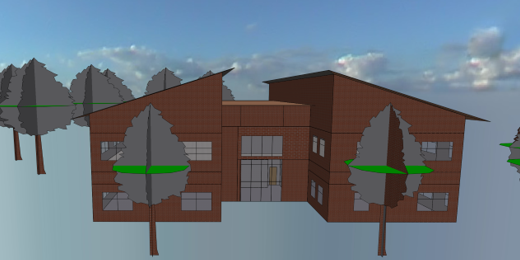
In our pursuit of energy efficiency, we have optimized preheating using rule-based logic which was proven adequate in simulation. Although this approach has shown promising results, we are committed to further enhancing our optimization methods. In the upcoming heating season, we plan to deploy and trial a more advanced optimisation technique to achieve even greater energy savings. Through simulation studies, we have successfully validated the energy-comfort optimization approach. This methodology has shown promising results, improving both occupant comfort and reducing energy consumption by 5-10%. We are eager to demonstrate these findings in the upcoming heating season.
To ensure a healthy indoor environment for building occupants and to address rising CO2 levels, we have integrated a CO2 sensor with a LED indicator. When CO2 measurements are predicted to exceed recommended thresholds, the LED turns red, alerting occupants to open windows and doors for improved ventilation. It is expected to record improvements in CO2 concentration through behavioural change of the occupants.
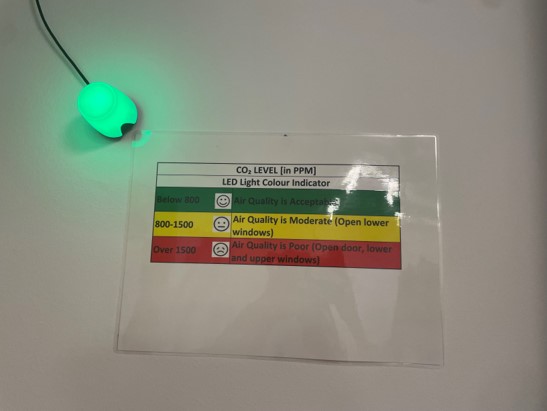
To maintain a high standard of building performance, we have designed to deploy a fault detection system. This system will monitor, predict, and notify office managers of any leaks in the newly installed TRV (thermostatic radiator valve) devices. By promptly identifying and addressing issues, we can ensure optimal functionality and prevent energy wastage. Furthermore, while initially focusing on predictive maintenance for boilers, we encountered challenges due to limited data and algorithm complexity. However, we have redirected our efforts toward developing a predictive maintenance algorithm for battery-powered IoT devices. By predicting the replacement date for these devices, we can proactively address data gaps and maintain efficient heating and cooling operations in the building.
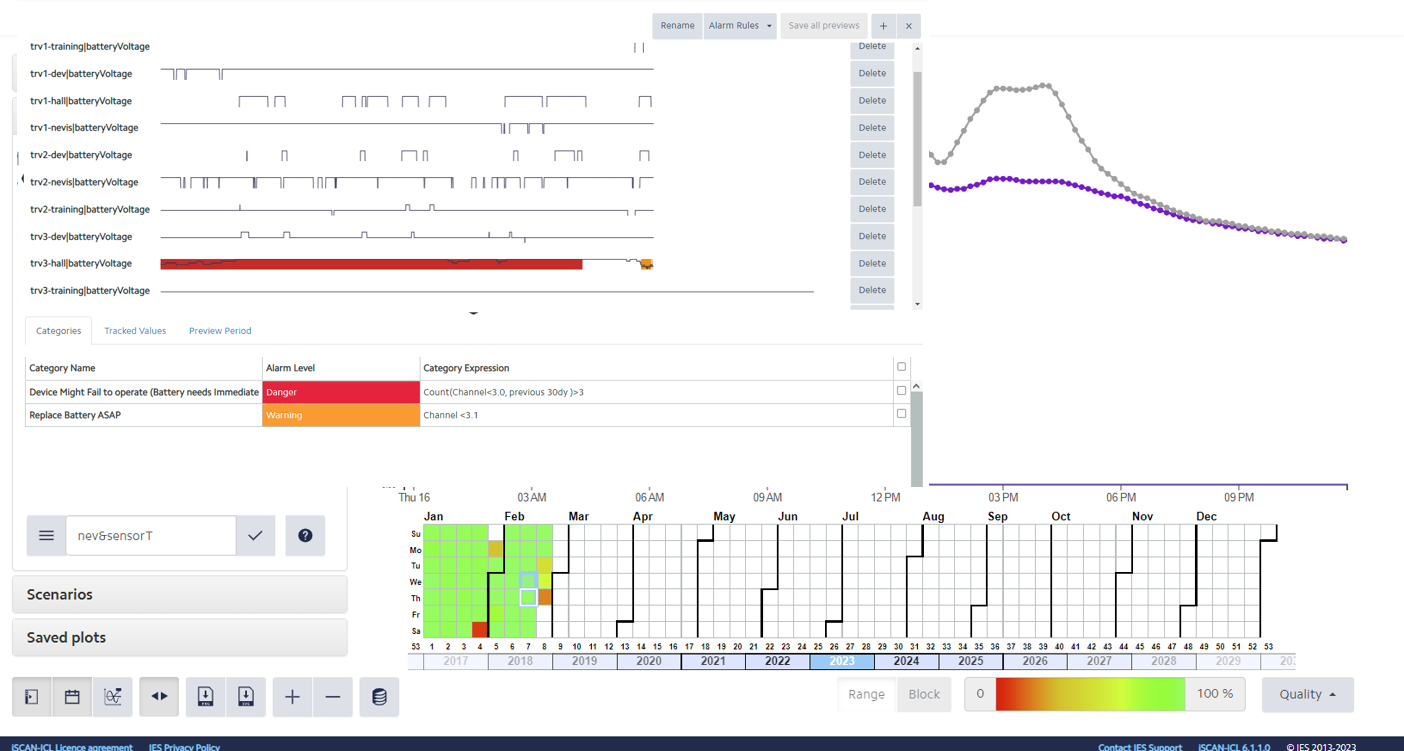
Finally, in close consultation with office managers and other occupants, including experts in the field of energy management, we have created an early version of the dashboard. This interactive tool provides valuable insights into comfort levels and energy usage within the building. By involving stakeholders throughout the design process, we aim to tailor the dashboard to meet their specific needs and ensure a seamless user experience.
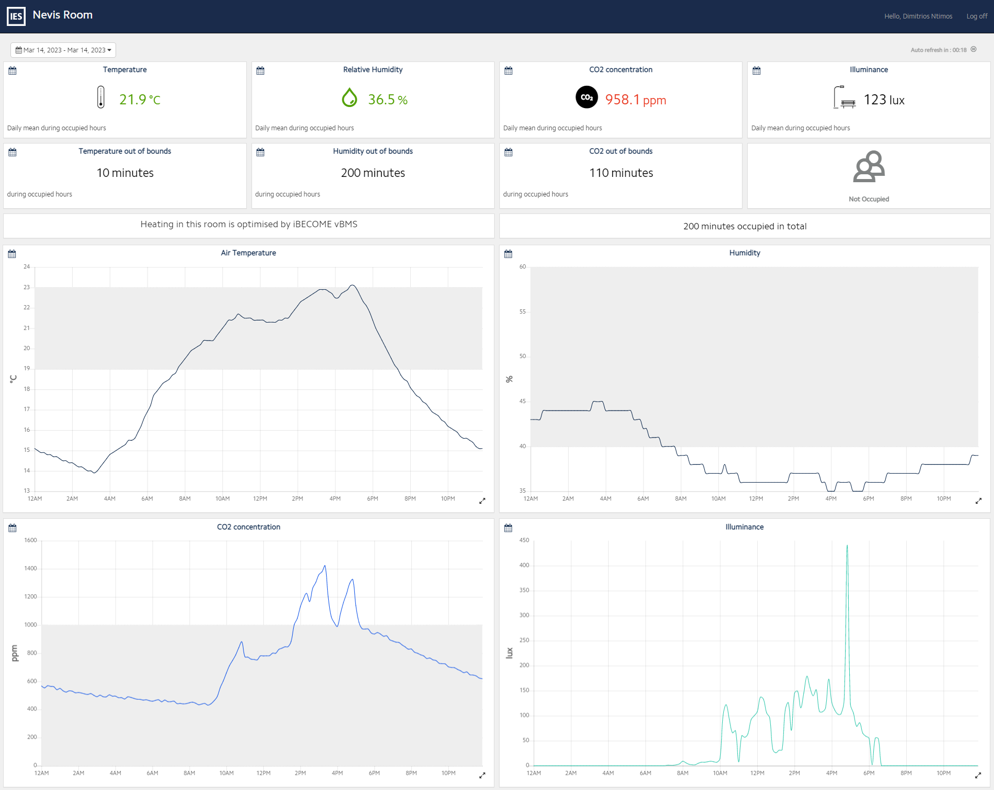
For more information on the Helix Building, view this demo site case study https://ibecome-project.eu/2023/03/20/demonstration-of-ibecome-on-helix-building/

